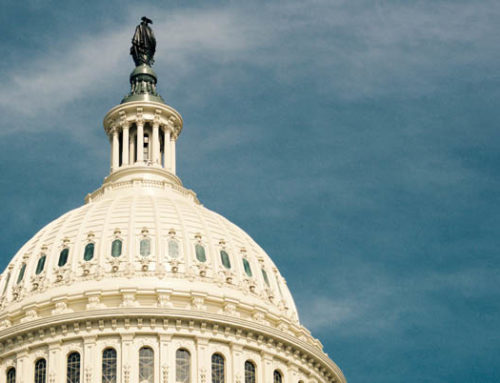This week was dominated by the Texas House of Representatives 18-plus hour marathon budget debate. With more than 350 pre-filed amendments the floor debate on HB 1 promised to be and epic spectacle, and it did not disappoint. While there were moments of tense and sometimes confrontational back and forth, some of the most anticipated fights never fully materialized.
When the dust settled and the sun rose on the morning of April 1st, political observers, lucky enough to have gotten some sleep, woke up to the House closing out their debate and voting 141-5 in favor of HB 1.
The Senate, which parked their version of the State budget bill in committee, now awaits the arrival of HB 1 which they will substitute with their version and have their day of floor amendments and debate.
Easter break got an early start with both the House and Senate adjourning on Wednesday afternoon and set to return Monday and Tuesday respectively. But the early release was well deserved, at least some would say, from those serving on the West side of the Capitol.
KEY TAKEAWAYS
Overview of HB 1 (Budget)
From Tuesday afternoon until Wednesday morning at 6 am of this week the House battled while debating more than 350 amendments and finally approved the $210 billion state budget by a vote of 141-5.
The budget plan includes $7.7 billion more than the current two-year budget and would leave intact the state’s “rainy day fund” which is projected to reach $11.1 billion by the end of the next two-year budget period. If Comptroller Glenn Hegar’s January revenue estimate holds, the House’s budget would leave unspent $8.4 billion of general purpose state revenue. Key items addressed in the budget:
Public Education: The House budget has added $2.2 billion of new funding for schools – above what the Senate budget gives them ($1.2 billion). It would increase the “basic allotment” from $5,040 per student currently to $5,213 next year and $5,218 in fiscal 2017. The House budget would also add $800 million if a separate bill by Rep. Jimmy Don Aycock, R-Killeen, passes.
Transportation: Both chambers put more money into transportation, through adding $1.3 billion by ending so-called diversions from the highway fund. On top of that, the House added $1.5 billion in general revenue into transportation. Senate budget-writers have proposed drawing $1.2 billion from a one-time dedication of the motor vehicle sales tax (with the plan to dedicate part of that tax revenue stream to transportation – SB5 and SJR5).
Border Security: The House allocated $565 million to border security, a significantly smaller amount than the Senate’s proposed $811 million.
Retired state workers, teachers: Adds about $450 million to improve the solvency of an underfunded pension fund for state employees and $768 million to do the same for retired teachers.
State Facilities: The House budget would also spend $185 million more on state building repairs – not nearly enough to meet needs, but a start on catching up.
College savings, veterans’ tuition: Does nothing to fund about 70,000 families’ pre-paid college tuition contracts, which have an unfunded liability of $594 million, and only provides $30 million for veterans’ free college educations (which is proposed to need $532 million).
College financial aid: Provides $38 million, about one-quarter of the increased funding requested, for TEXAS Grants, the main need-based grant at state schools.
The House’s budget now heads to the Senate, which has drafted a different version of the budget. The discrepancies will have to be ironed out by 10 House-Senate negotiators, in a compromise version both chambers pass, before the budget goes to Governor Abbott’s desk.
WHAT TO LOOK FOR NEXT
- The House adjourned until 2:00 p.m., Monday, April 6, 2015.
- The Senate adjourned until 11:00 a.m., Tuesday, April 7, 2015.





